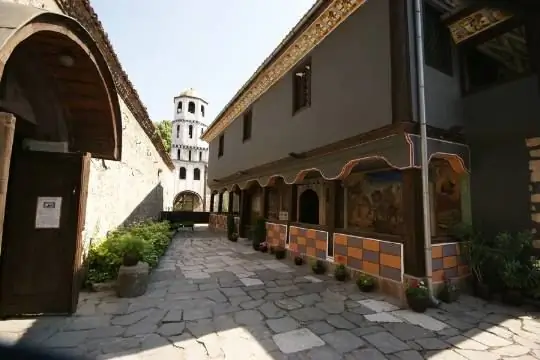
Description of the attraction
The Orthodox Church of Saints Constantine and Helena in the city of Plovdiv was built in 1832 on the site of an old church.
The church is located in the Old City, next to the eastern gate of the ancient acropolis (Hisar kapiya). A medieval room (probably a crypt) was discovered under the altar of the current building, and the foundations of an old church of the 13th-14th centuries were found nearby. Perhaps the inhabitants of Filipopol (the former name of Plovdiv) built a temple on this place immediately after the official decree of Emperor Constantine the Great on the Christian denomination.
The building was badly damaged by a fire in the 17th century, so in 1810 Todor Moravenov discovered a dilapidated building without a roof. For twenty years, he raised funds for the restoration of the temple. In 1830-1832, large-scale works were carried out to reconstruct the church. It was named after two saints - Emperor Constantine, who declared the Christian faith the state religion of the Roman Empire, and Helena, his mother.
With regard to the architecture of the temple, the most interesting is the octahedral five-tiered bell tower with many arched windows, towering over one of the church walls.
Such masters as Zakhary Zograf, Stanislav Dospevski, Atanas Gujenov, Nikola Odrinchanin and others were engaged in decorating the temple. The church houses a carved wooden iconostasis covered with gilding by the outstanding Bulgarian master I. Pashkul.






